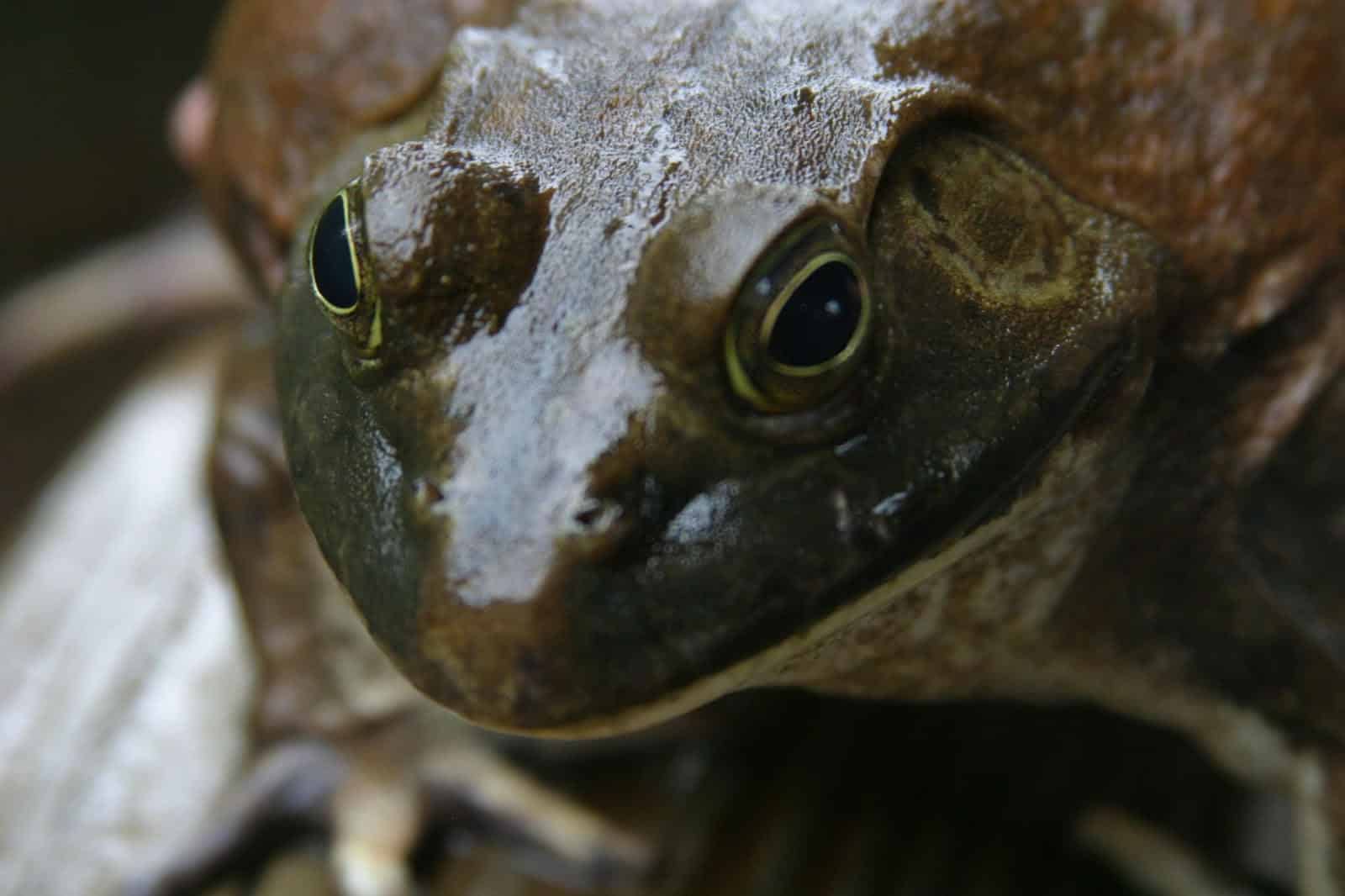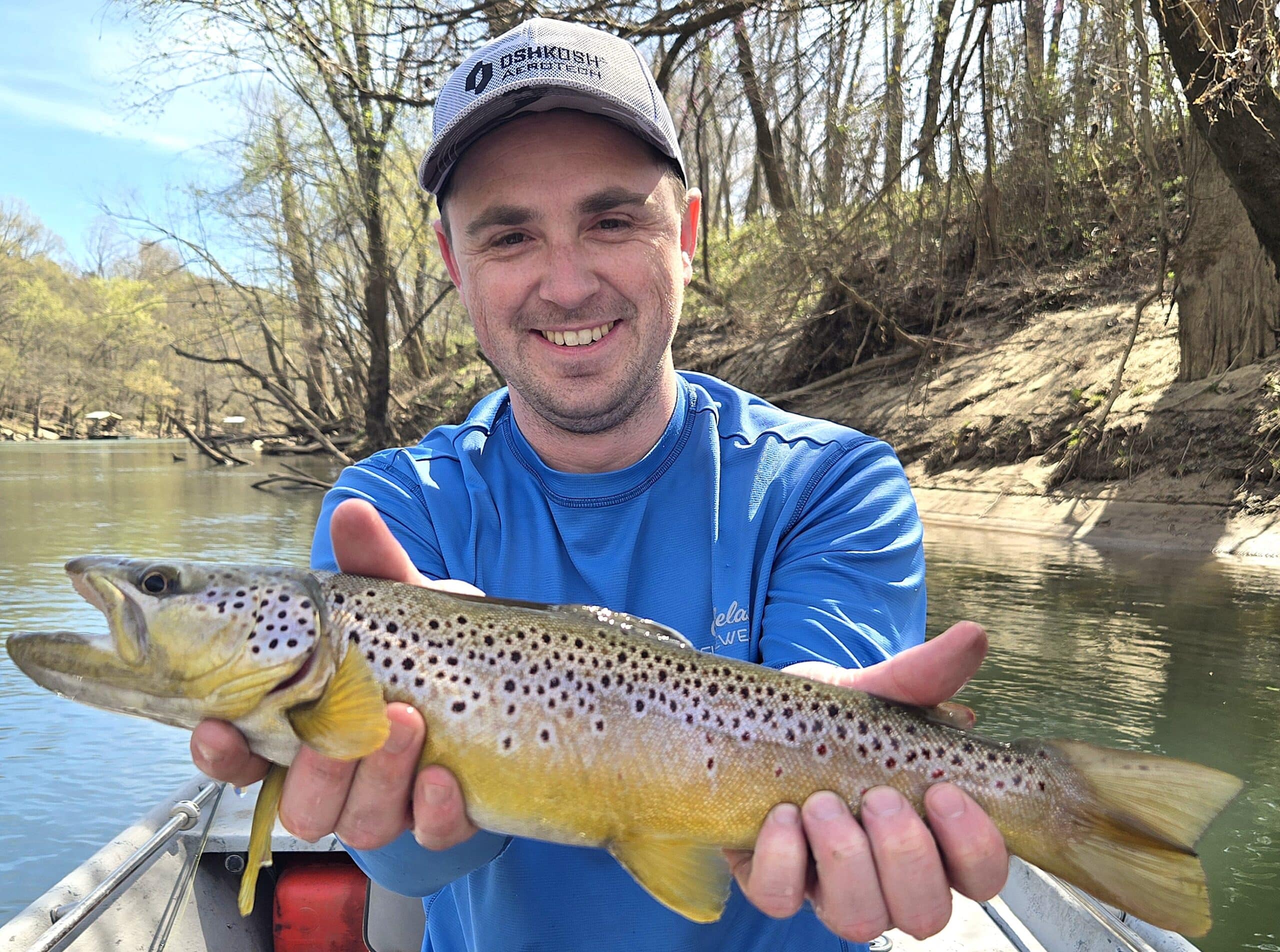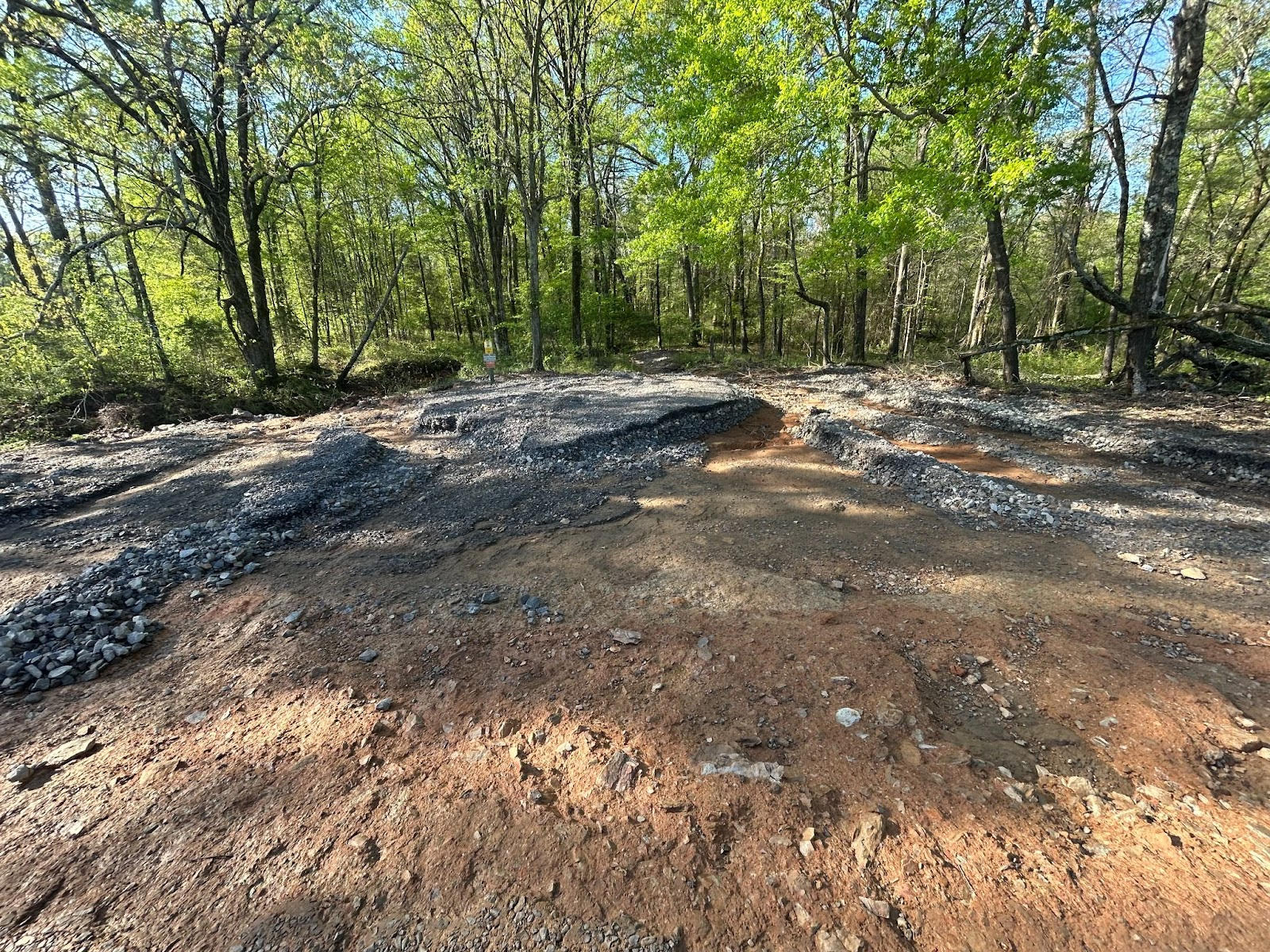Dove
Every September, hunters get excited to start their hunting season with a blast. Dove fly through the state during annual migrations, presenting one of the most difficult wingshooting targets available in The Natural State, prompting hunts and tailgating scenes across the state rivaling those found in Fayetteville during a home football game.
The 2024-25 Arkansas Dove Season is Sept. 7-Oct. 27, 2024 and Dec. 8, 2024-Jan.15, 2025. The daily bag limit for mourning dove and white-winged dove is 15, with a possession limit of 45. There is no daily bag limit or possession limit for Eurasian Collared-dove.
Legal Hunting Equipment
- Doves may be taken only with shotguns.
- Shotguns must be incapable of holding more than three shells in the magazine and chamber combined.
- Lead shot may be no larger than shot size BB. Non-toxic shot may be no larger than shot size T.
Legal Shooting Hours
- Legal shooting hours are from 30 minutes before sunrise to sunset.
Licenses Needed
- Hunters 16 or older must have on their person a valid Arkansas hunting license and Harvest Information Program registration while hunting.
- Hunters younger than 16 do not need a license or HIP registration.
- The hunter must make a reasonable effort to retrieve downed birds.
- Eurasian collared-doves must remain fully feathered in the field and while being transported from the field.
- Doves given to another hunter must be accompanied by written and signed information stating the number of birds being transferred, the species, the date the birds were killed and the name, address and hunting license number of the person from whom the birds were received.
Baiting Laws for Dove Hunting
- It is illegal to hunt or kill any migratory game birds with the aid of bait or over any baited area. A baited area is where salt, grain or other feed has been placed, exposed, deposited, distributed or scattered to lure or attract migratory game birds to, on or over areas where hunters are attempting to take them.
- An area is considered baited for 10 days after the complete removal of all bait.
- Anyone hunting who knows or reasonably should know the area is baited is liable for the offense. Hunters should physically inspect the field for any signs of baiting and question landowners, guides and caretakers to ensure the field is legal to hunt.
- Natural vegetation may be manipulated for all migratory birds.
- The following practices are legal to prepare dove fields on planted vegetation:
- Planting – Planting grain crops in a field that has been plowed and disked (including top-sown or aerially seeded wheat fields) is legal as long as seeding rates are in line with Extension Service recommendations. It is illegal to seed the same field repeatedly, concentrate wheat in long rows or pile wheat on a field.
- Harvesting – Harvesting a field often scatters some waste grain which attracts birds. If harvest was conducted as normal agricultural operation, it is legal for doves.
- Manipulations – Unharvested fields may be mowed, shredded, disked, rolled, chopped, trampled, burned or treated with herbicides. These fields may be hunted legally for doves.
- Hogging down – Livestock may be allowed to graze on harvested and unharvested grain. These fields may be hunted legally for doves.
- Food plots – It is legal to plant food plots, provided that grains grown for wildlife management purposes are not harvested then returned to the field.
- Complete information about baiting is available from the U.S. Fish and Wildlife Service and the University of Arkansas Division of Agriculture Cooperative Extension Service (PDF document).



